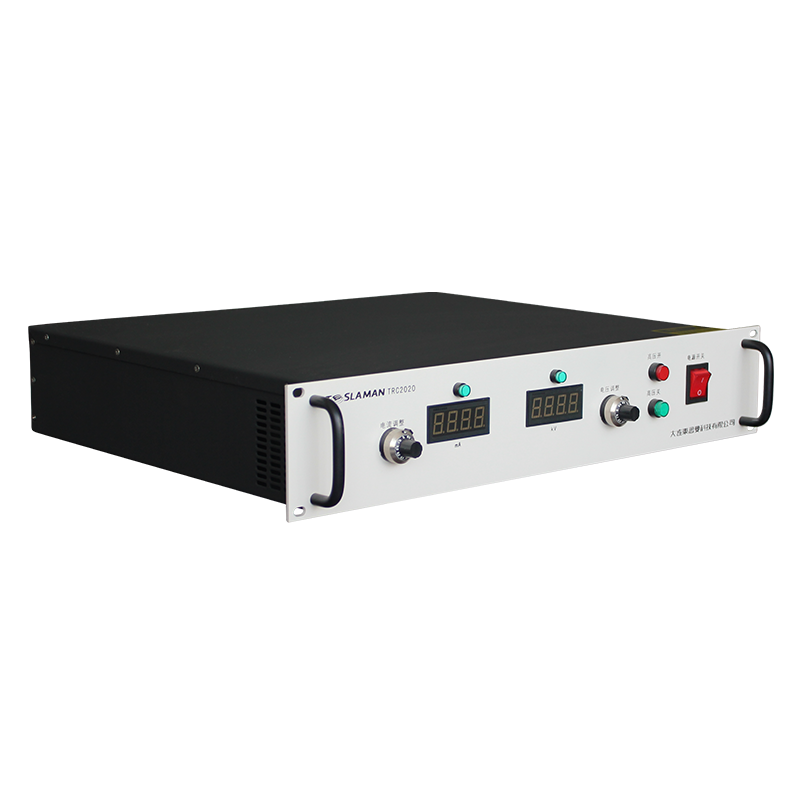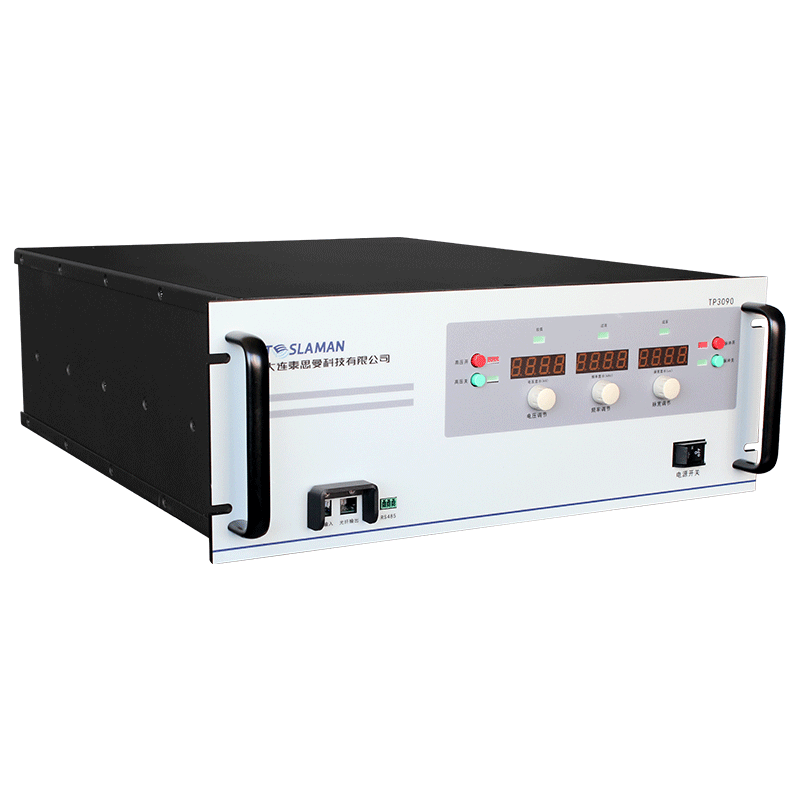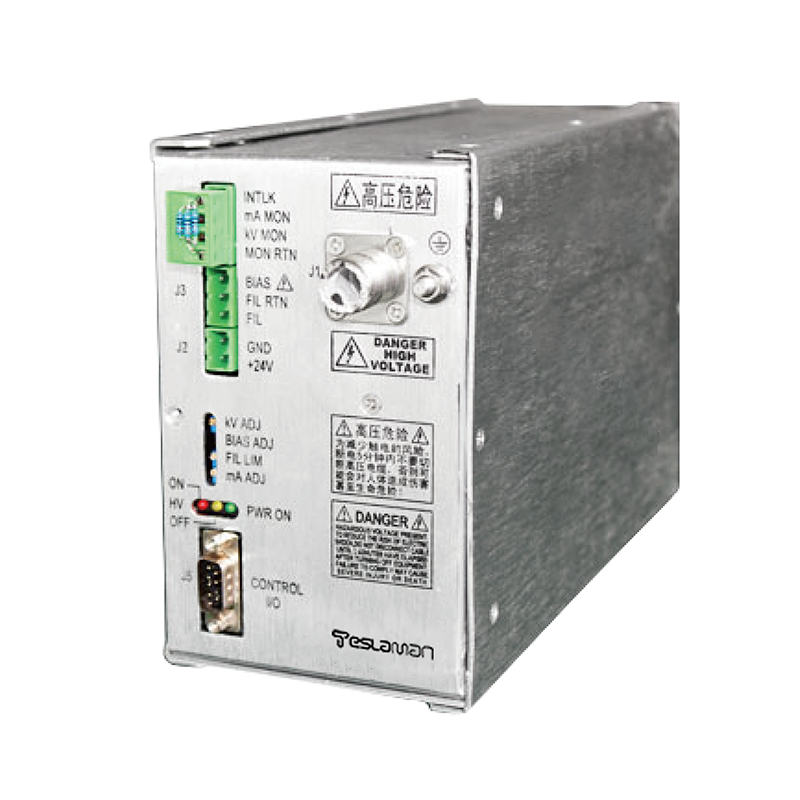Analysis of the Application of High-Voltage Power Supply Electrostatic Flocking Technology in Automotive Interior Production
With the continuous development of the automotive industry and the increasing demand for quality and comfort in automotive interiors from consumers, interior manufacturing technologies are constantly innovating and developing. Among them, the high-voltage electrostatic flocking technology has become a new emerging interior manufacturing technology and has been widely applied and developed.
High-voltage electrostatic flocking technology is a technique that uses electrostatic adsorption to adhere fibers to substrates. In the manufacturing of automotive interiors, this technology can be applied to the production process of components such as car seats, door panels, steering wheels, and central control panels. Compared with traditional manufacturing processes, electrostatic flocking technology does not require glue or other adhesives and can directly adhere fiber materials to substrates, thereby forming high-end and high-quality automotive interior parts.
Firstly, high-voltage electrostatic flocking technology can improve the comfort and aesthetics of automotive interior parts. Automotive interior parts manufactured using this technology can have better softness and comfort, allowing passengers to feel comfortable and relaxed even during long periods of driving. At the same time, electrostatic flocking technology can also make the surface of the interior parts appear delicate and soft, making the entire car cabin look more high-end and exquisite.
Secondly, high-voltage electrostatic flocking technology can improve the durability and quality of automotive interior parts. Automotive interior parts manufactured using this technology can have better wear resistance, tensile resistance, and temperature resistance, thereby ensuring that the interior parts are not easily worn or aged during long-term use. At the same time, this technology can also improve the water resistance, oil resistance, and stain resistance of interior parts, making it more convenient and reassuring for car owners to use them in their daily lives.
Finally, the application of high-voltage electrostatic flocking technology in the manufacturing of automotive interiors also has broad market prospects. As people's requirements for the quality and comfort of automotive interiors continue to increase, the application prospects of this technology will become more and more extensive. At the same time, high-voltage electrostatic flocking technology can also be combined with other technologies to form more composite and high-end interior manufacturing processes.
However, high-voltage electrostatic flocking technology also has certain limitations and challenges. Firstly, this technology requires high-voltage power sources and professional equipment and operators. Its cost and technical threshold are relatively high, requiring manufacturers to invest large amounts of funds and energy. Secondly, the application scope and applicable materials of electrostatic flocking technology have certain limitations and require corresponding improvements and adjustments for different materials and shapes. Finally, electrostatic flocking technology also has certain risks and safety hazards in specific environments, which require strict control and management.
In summary, the application of high-voltage electrostatic flocking technology in the manufacturing of automotive interiors has broad prospects and potential. Automotive interior parts manufactured using this technology can have better comfort, durability, and quality, which meets the high requirements of consumers for the quality of automotive interiors. At the same time, manufacturers can also use this technology to differentiate their products and increase their competitiveness in the market. However, it is necessary to pay attention to the limitations and challenges of this technology and take corresponding measures to overcome them.




















